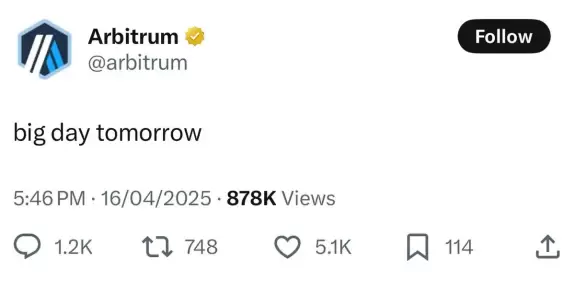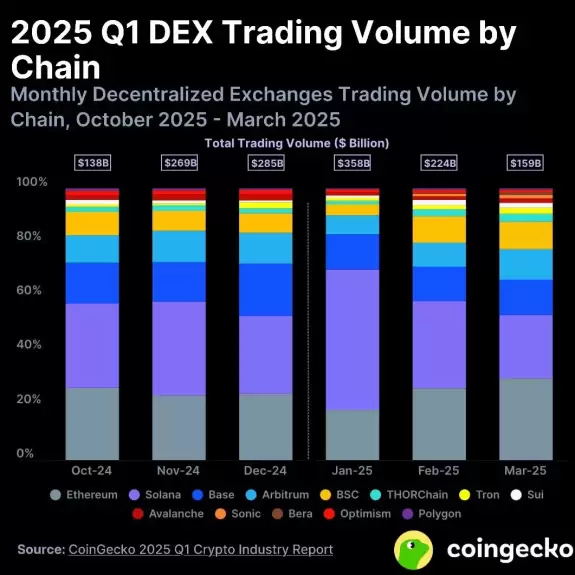Communtity feeds
-

- Twitter source
- Barry Silbert Apr 17, 2025 at 08:24 pm
Sat for my first public interview in four years. Great to catch up with and talk about DCG's history, where we're investing & building and why I'm so excited about Bittensor $TAO and our new company, - Despite $XRP's strong order book depth, recent price movement suggests a possible re-test of lows around $1.6. By .
- $BTC is becoming less attractive than gold as Powell adds to concerns over the state of the U.S. economy, and report in Crypto Daybook Americas.
-

- Twitter source
- Rekt Capital Apr 17, 2025 at 07:26 pm
Where's The Bitcoin "Banana Zone"? - An Update If you enjoyed this 1-minute summary on #BTC... Checkout the full video here: https://youtu.be/3HywpOsalwk?si=-1mhVVwBvI_h_EBq… Enjoy and Subscribe! $BTC #Crypto #Bitcoin -

- Twitter source
- Cointelegraph Apr 17, 2025 at 07:00 pm
REPORT: Solana led all chains in Q1 2025 DEX trading with 39.6% market share and $293.7B volume, fueled by January’s $TRUMP memecoin frenzy, per CoinGecko.

-
- Twitter source
- {{val.author }} {{val.createtime }}







































































